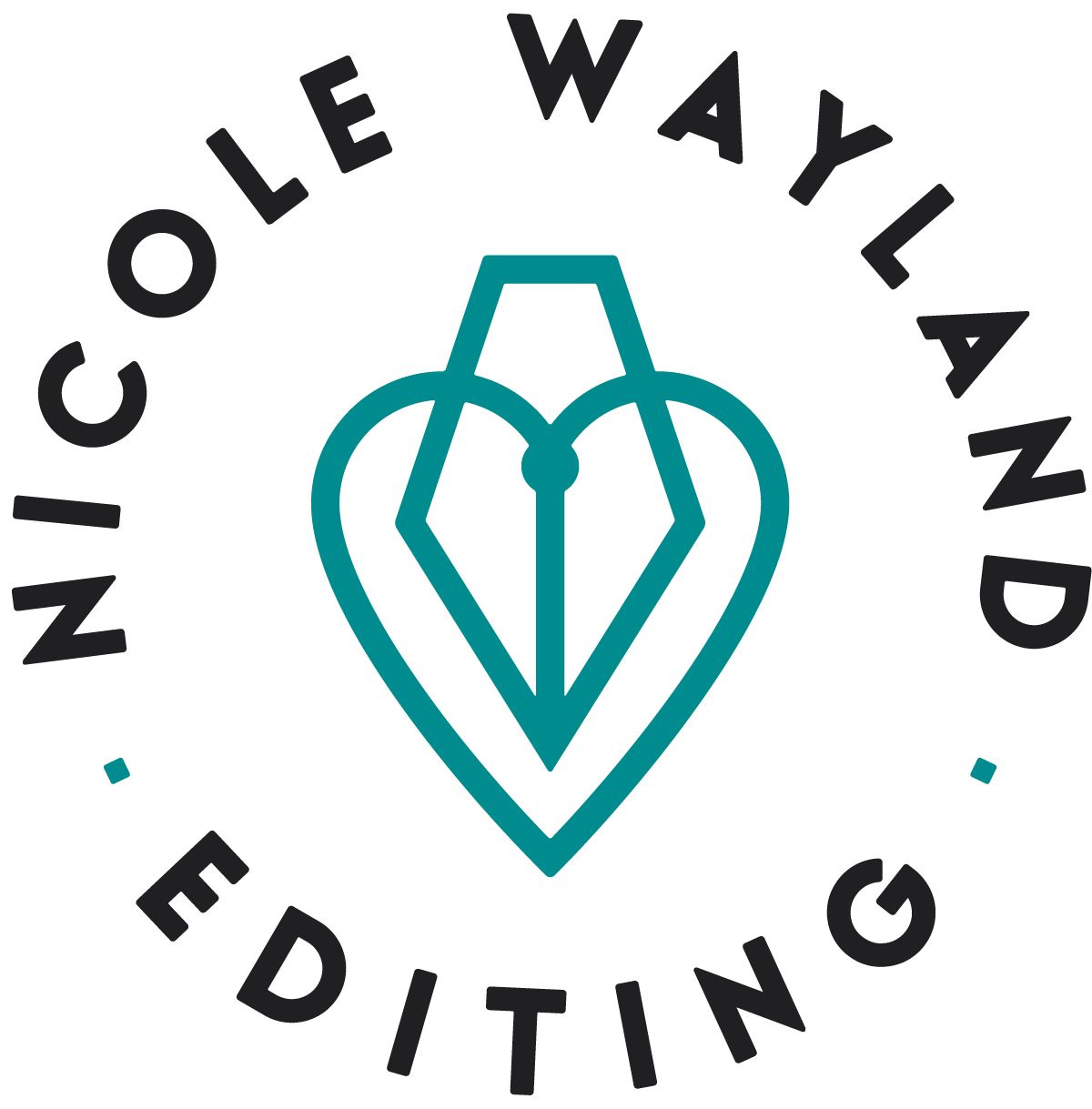Working from home can be quite the challenge at times (especially if, like me, your bed is situated fewer than five steps from your desk), so it’s important to have tools to help keep you on track. In this post, I share my top five favorite productivity apps.
Calm
Meditation is part of my daily morning routine, and I've been using Calm for about eight months now. Calm is a simple mindfulness meditation app that provides both guided and unguided mediation sessions. You can start off with a free version, but I ended up liking it so much that I opted to pay for the yearly subscription ($39.99, which works out to be $3.33 per month). The app offers specific guided meditation sessions (e.g., Calming Anxiety, Deep Concentration, Emergency Calm), timed or open-ended unguided meditation sessions, and multiday programs (e.g., 7 Days of Focus, 7 Days of Managing Stress, 7 Days of Gratitude). I normally do a guided meditation centered on focus or deep concentration in the morning to get myself ready for the day, and sometimes I add another session later in the day if I find that I'm losing focus. The guided meditations are usually about ten to twelve minutes long and are great for everyone, whether you are new to meditation or already have it as part of your daily routine.
Noisli
I was introduced to Noisli at the 2016 EFA National Conference in August, and it has been a great addition to my productivity toolbox. Noisli is a customizable background noise generator. It has preset sound combos, categorized as "Random," "Productivity," and "Relax," or you can make your own combos and save them for future use. Some of the nature sounds are rain, thunderstorm, wind, and seaside, and others include fireplace, fan, train, and white/pink/brown noise. There is even a coffee shop sound if you want to replicate the feeling of being at Starbucks without actually leaving your home office (it's one of my favorite sounds). You can listen to the sounds individually or layer different sounds and change the volume of each (e.g., one of the ones I created is called Rainy Day Coffee Shop and is a mixture of a lot of thunderstorm and a little bit of coffee shop). It's free and easy to use via Noisli's website or as a Chrome extension. Get creative!
Spotify
Spotify is a digital music service that gives you access to tons of music. You can search for a specific artist, song, or album; check out the latest charts and new releases; or discover new music once a week with a personalized playlist. Spotify has a radio option, too, in case you just want to sit back and relax to some good tunes without having to put in the work searching. I cannot listen to music with lyrics while I edit (unless I am editing endnotes or references, in which case I'll blast some Britney from time to time), so I generally opt for an instrumental playlist. Some of my favorite playlists for productivity are: Deep Focus, Productive Morning (thanks, Barbie!), Atmospheric Calm, and Mellow Beats, all of which were put together by Spotify. I switch between Noisli and Spotify, as needed, to keep me engaged, and I love having the two options. I have Spotify Premium ($9.99 per month), but there is a free version you can try out first to see how it works for you.
Strict Workflow
This is by far my favorite new app, which I also heard about for the first time at the EFA conference this year (thanks, Sarah!). Strict Workflow is a time management extension for Chrome that enforces a workflow of twenty-five minutes followed by a five-minute break, otherwise known as the Pomodoro Technique. Once you've installed the extension, click the red tomato icon in the upper-right corner of your Chrome browser to start the first twenty-five-minute timer. The app is set up to block popular distracting websites (e.g., Facebook, Twitter, YouTube) during your workflow and will only allow you to access those sites after the work timer is up and you've started the break timer (this is accomplished by clicking the green tomato icon in the upper-right corner of your browser). You can tailor the list of blocked sites according to what distracts you, but I've found that the basic list has worked fine for me. Repeat the timers as needed until you get the job done! Super easy (and free)!
Toggl
Toggl is a time-tracking app and is really easy (and free!) to use. This app not only keeps me organized but also keeps me on task. I use Toggl alongside my Strict Workflow app, and it acts as another layer to keep me engaged (mainly because I don't want to stop and restart the timer a million times). Toggl allows you to keep track of all your hours worked, all in one place, and it works both online and offline (if you use it offline, it will sync those hours the next time you're back online). For more on Toggl's organizational features, click here. You can read an excellent and thorough review of Toggl here.
I hope you find these apps helpful! Let me know in the comments section below if you have any favorites that aren't on this list or if you enjoy any of these apps already!

